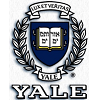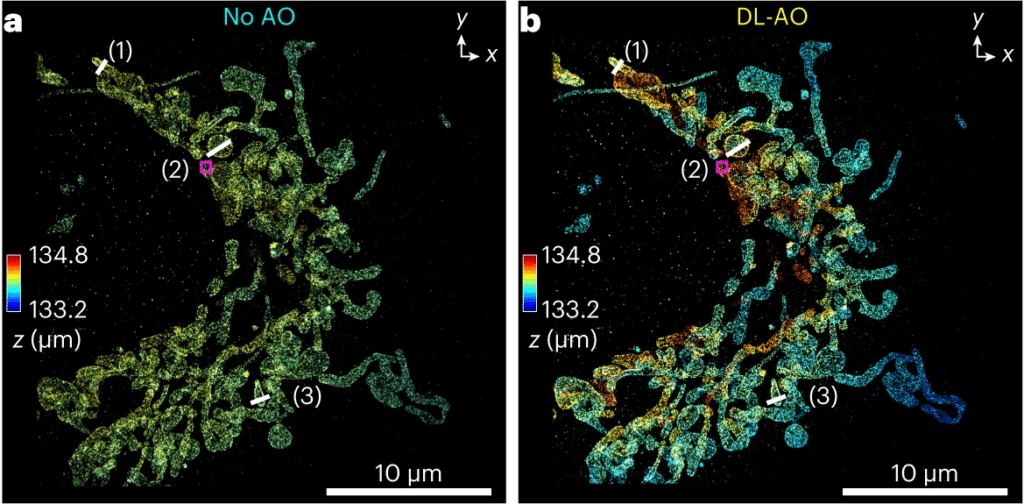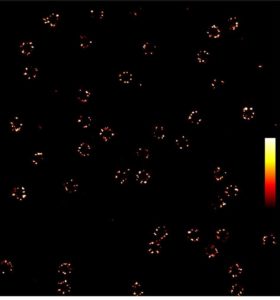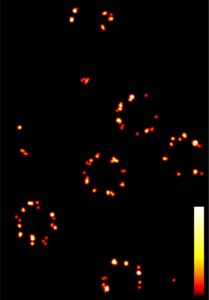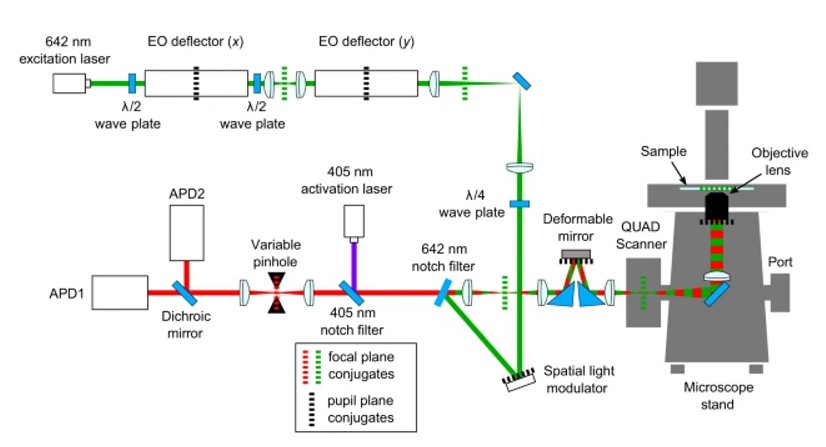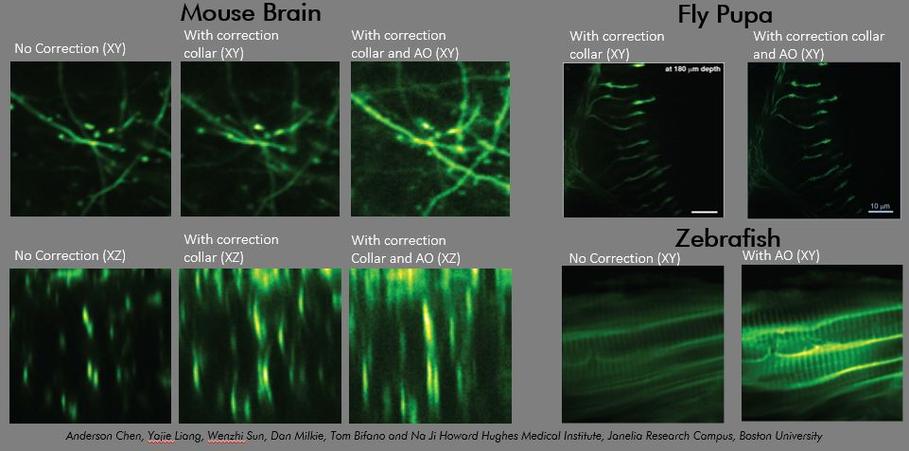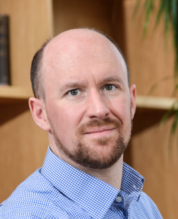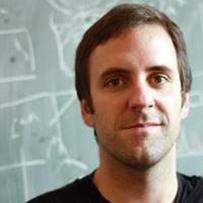See beyond the capability of your current microscopes
Experiments may require deep penetration into living tissue or intact animal specimens to further your research. Fortunately, the current microscopy market is strong with technological advancements, favorable funding and regulatory procedures to launch new instruments for R&D in microscopy. The rising focus on nanotechnology and regenerative medicine is also fueling market growth.
While there are many different options available, our experts can help you find the best and most cost-effective solution for your specific need. Whether you are taking on fast focus control in your laboratory or OEM imaging system, enabling an adaptive optics system in your STED nanoscope or exploring the limits of super-resolution microscopy, Boston Micromachines deformable mirrors are well suited for an array of adaptive optics for high resolution within microscopy applications. Scroll down to learn more about how our components have been used to push imaging to the next level.
Using specialized tools such as MEMS grating modulator technology gives you more control over light because this component allows you to extinguish the light with a high level of precision. Having the ability to simply change the frequency or actively enable pulse-picking in an instrument, the modulator allows researchers to customize their microscope to best suit what is being imaged. When researchers have the ability to actively control the beam, it is easier to ensure the utmost accuracy when collecting data.
How Adaptive Optics Improves Microscopy
Artificial intelligence (AI) in adaptive optics (AO)
MINFLUX nanometer-scale 3D imaging and microsecond-range tracking
In Vivo Multiplexed Modulation AO Imaging
Whole Cell - 4Pi single marker switching nanoscopy with deformable mirrors
Iterative Multi-Photon Adaptive Compensation Technique (IMPACT)
Our products were built for adaptive optics microscopy and super resolution imaging
We have a wide array of solutions to meet your specific application needs. From our MEMS Grating Modulator for intensity modulation to our Deformable Mirror for phase control, customers trust our products for their demanding microscopy applications.
Looking for a customized wavefront shaping solution? Click on the products below to find out more. To learn more about a specific product, please contact our team.
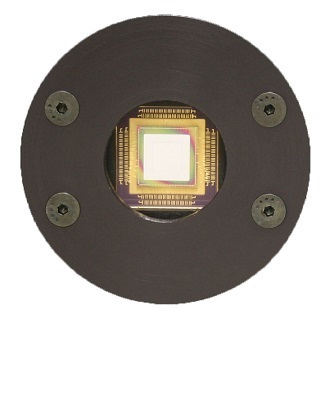
Standard Deformable Mirrors
Ideal for a range of microscopy applications, our mirrors offer sophisticated aberration compensation in an easy-to-use package. Use it with our upgraded driver (X-Driver) to receive the fastest-in-class response time from your deformable mirror setup. Learn more on the Standard Deformable Mirrors page.
Read more >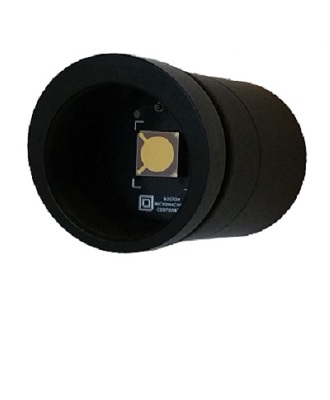
MEMS Grating Modulator
Our Optical Modulator products are perfect for laser communication as well as intra- and extra-cavity intensity modulation. The modulator is an optical modulation component for speeds up to 200 kHz. Learn more on the MEMS Grating Modulator page.
Read more >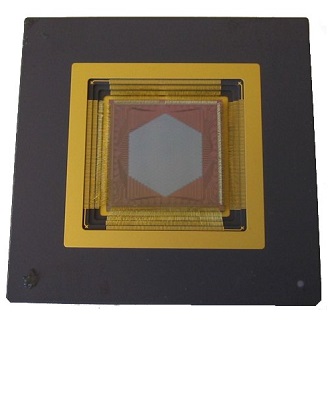
Hex Class Deformable Mirrors
The unique Hex mirror architecture has the ability to tip, tilt, and piston multiple segments for alternative wavefront control. Learn more on the Hex Class Mirrors page.
Read more >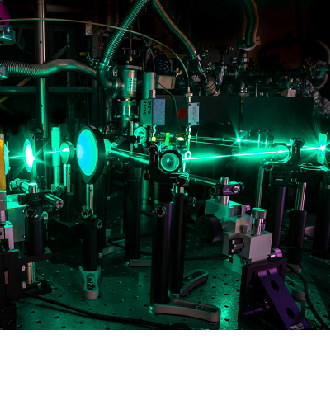
Customizable Adaptive Optics Software
Adaptive Optics Software Development Kit (AOSDK).
Boston Micromachines’ customizable AOSDK gives you the ability to implement adaptive optics without the need for intense, low-level programming. Learn more on the AOSDK page.
We believe you should be able to see clearly into the brain or other tissue to find the next big discovery using adaptive optics microscopy or a new and innovative imaging technique. Let us help you choose the best deformable mirror for your system so you can focus on moving your research forward. Contact us today.
